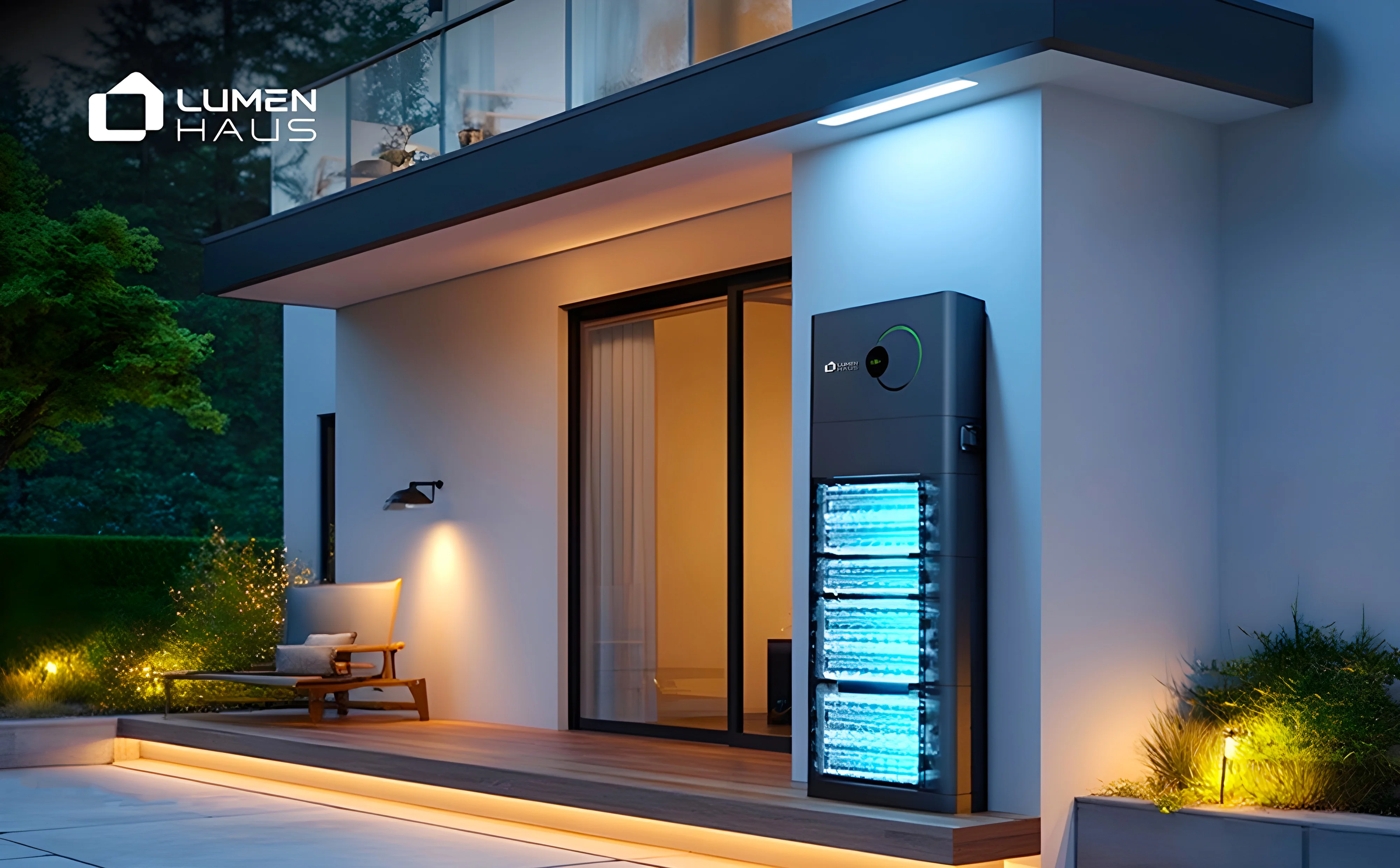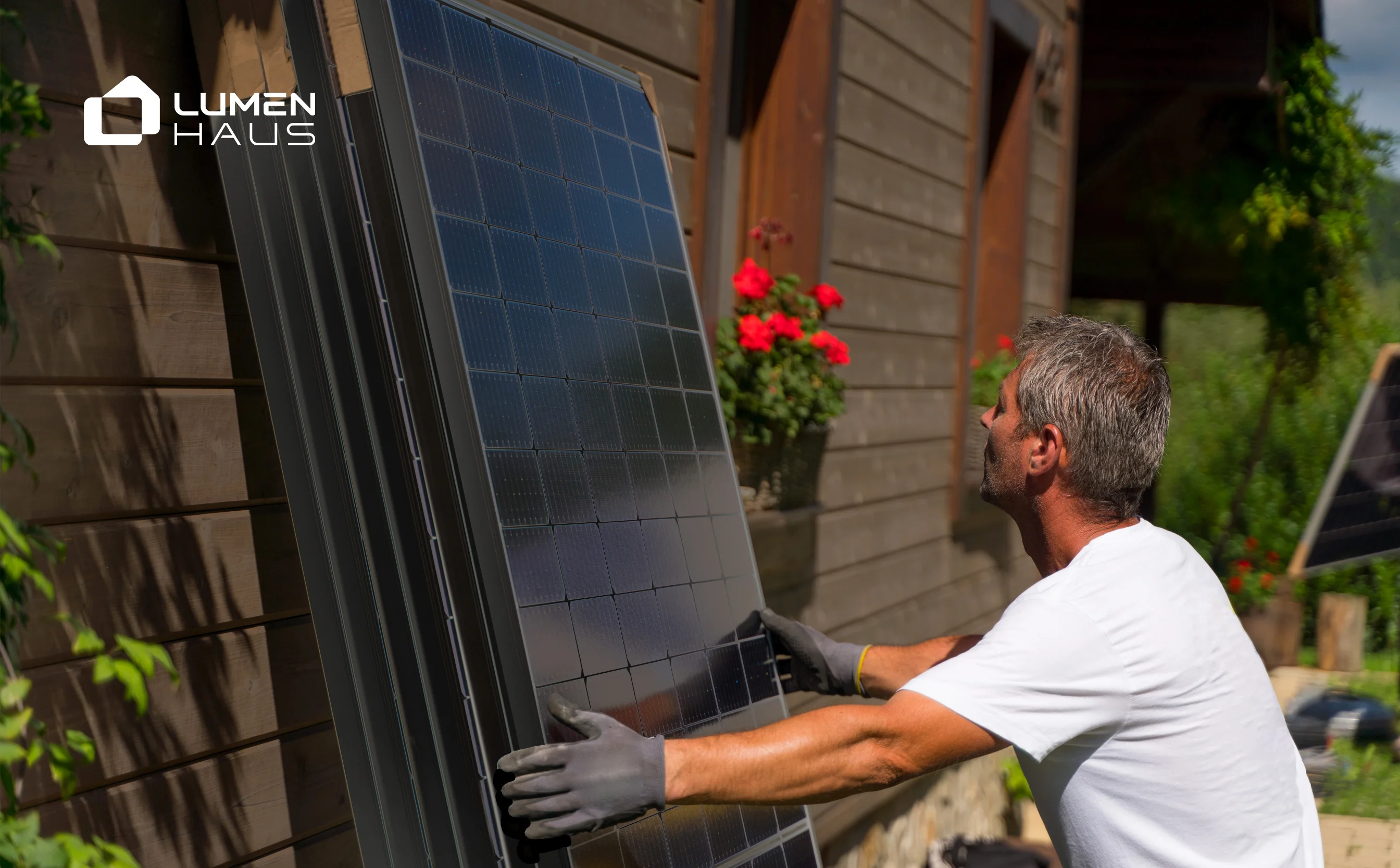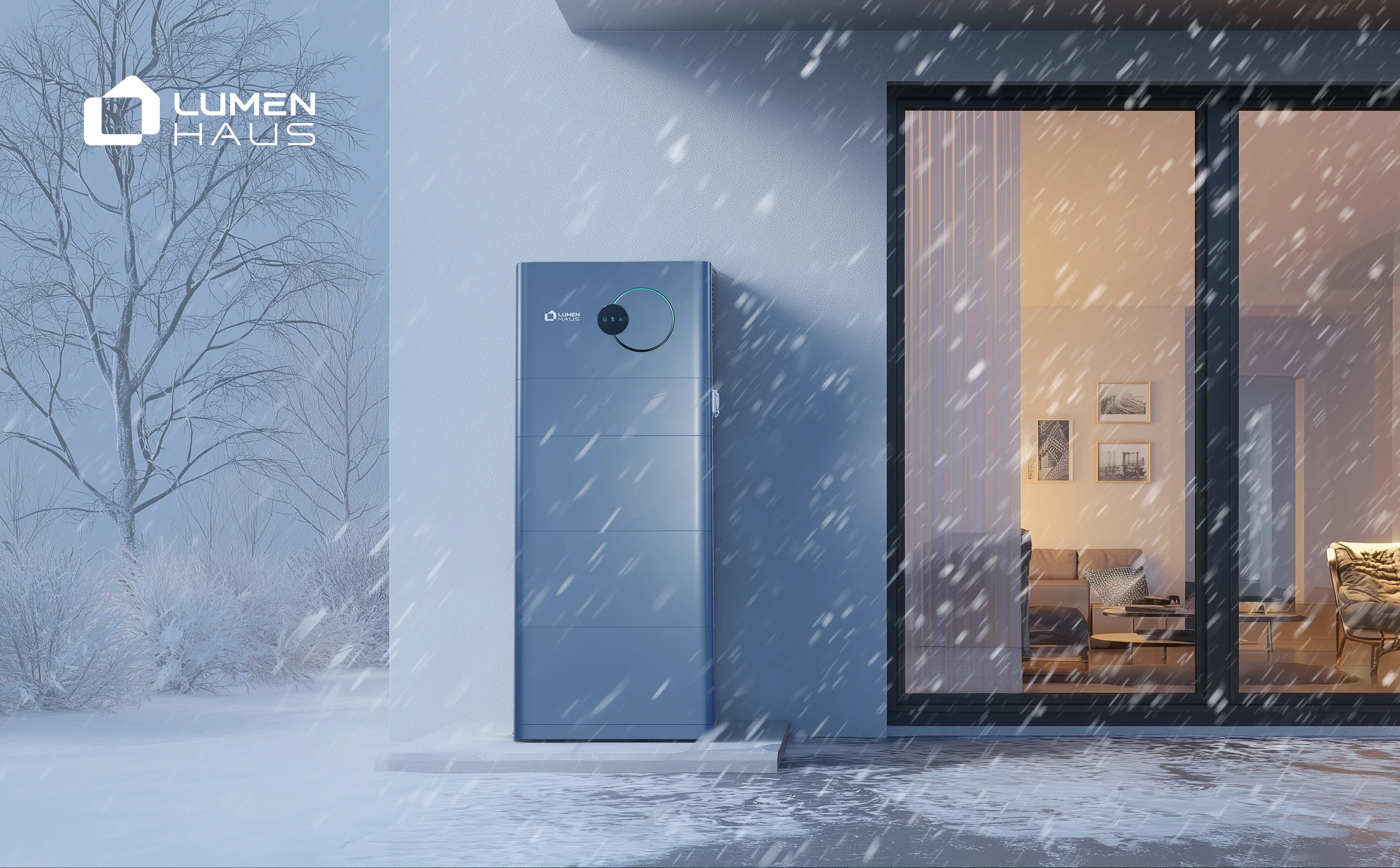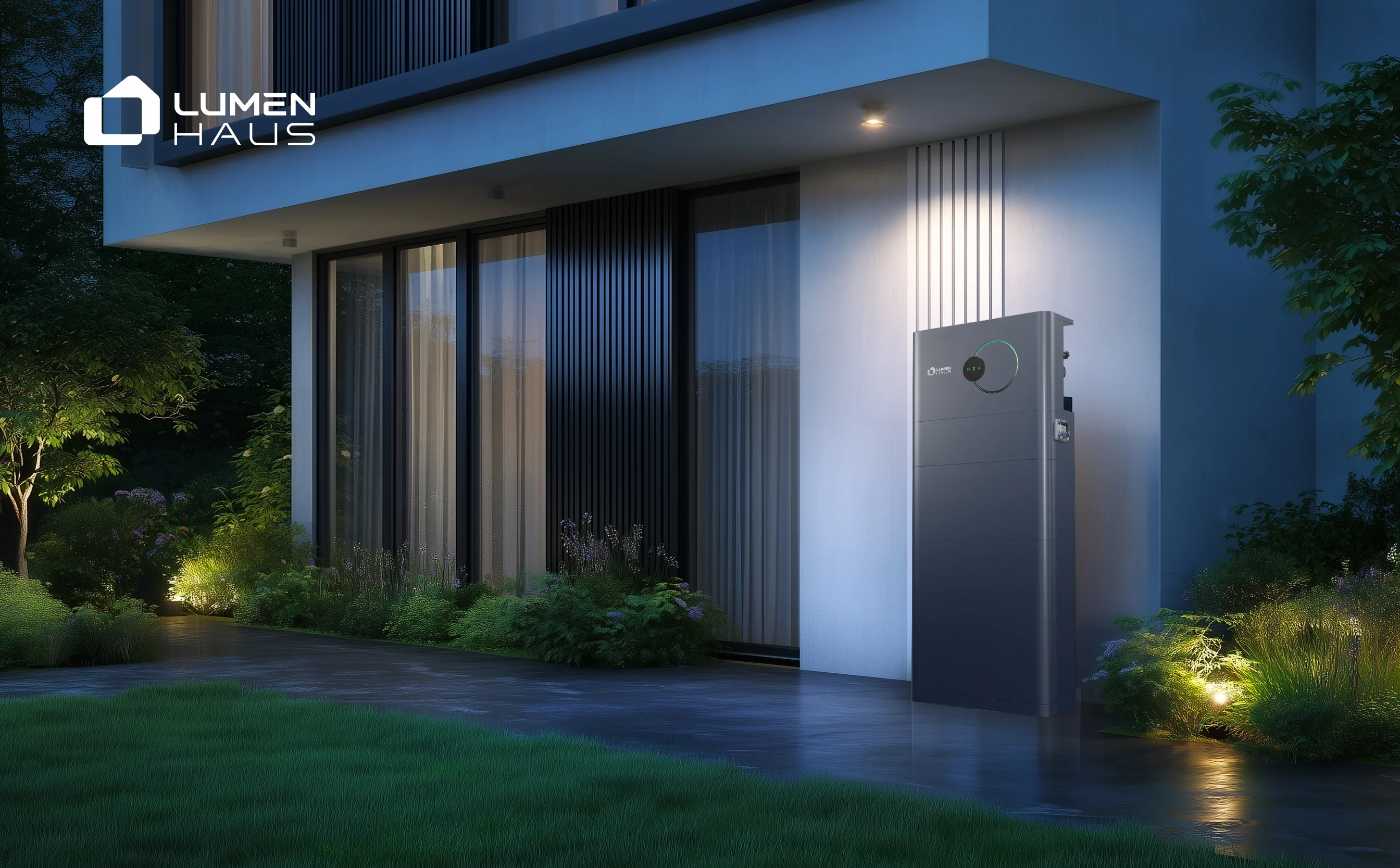Comparing All-in-One ESS vs. Modular Systems: Which is Better?
Introduction: Energy Storage Made Simple (and maybe Fun)
Let us be frank: energy storage might seem like one of those super technical topics that only engineers are interested in talking about. Voltage, inverters, kilowatt-hours... for many people it is like trying to read hieroglyphs without a Rosetta Stone. But here is the message: energy storage is becoming everyone's business. Whether you are trying to power your home with solar, keep your business alive during outages, or simply want to reduce your energy bills - storage is important. At this point in time, two energy storage system types tend to dominate the discussion: All-in-One ESS and Modular Systems. Now, before you roll your eyes in despair and think "great, another comparison", let us promise you, we are going to keep it simple, entertaining, and (dare we say), fun. At LumenHaus, we think of ourselves as your friendly guide (or hero, if you prefer) who changes technology into simple decisions for real people. So, grab a snack and let's talk about All-in-One ESS and Modular Systems - all without the need of a PhD in electrical engineering.

What on Earth Is an ESS?
"ESS" is an acronym for Energy Storage System. You can think of an ESS like a large rechargeable battery pack, but instead of charging your phone, it charges your entire house or business. When the sun shines, and your solar panels produce electricity, your ESS stores the excess energy and makes it available when the sun stops shining.
This is critical in pursuing energy independence, reducing expenses, and keeping your lights on when the grid goes out. The International Energy Agency (IEA) estimates that global battery storage capacity is expected to grow by over 30% annually until 2030. In simple terms, storage is not just a phase, but it is the backbone of the clean energy transition.
The Two Contenders: All-in-One ESS vs. Modular Systems
All-in-One ESS: The Swiss Army Knife of Energy Storage
What is an All-in-One ESS? An All-in-One ESS really is exactly what it sounds like: everything is contained within that one unit. Battery, inverter, battery management system (BMS), monitoring software - all good to go in one unit. It is similar to buying a smartphone. You do not buy the screen, the camera, and operating system separately. You just buy the one device, press the power button, and it works.
Modular Systems: The LEGO Approach
And now, what is a modular system? A Modular System is like playing with LEGOs; you select the building blocks - battery modules, inverters; control systems - and assemble them together in an arrangement that works for you.
This allows for flexibility. Do you want to start small, and build it up over time? Done. Do you want a system for your factories energy-consuming machines? That will be designed.
Both designs have their advocates.
Which is the better option for you? Let's discuss...
Installation and Setup: Plug-and-Play vs. Engineering Project
If you're not an electrician, installing an energy storage system can feel like defusing a bomb. The good news is that All-in-One ESS is a plug-and-play solution. ESS installation is simple, setup is easy, and since all the components are pre-integrated, compatibility issues will be rare.
When the system is modular, installation is more difficult because the installer will need to match and wire every component. It is not rocket science, but it does require knowledge and experience. Think of it like building a custom gaming PC, it can be cool/awesome, but it's not for everyone.
So in summary:
- Winner is All-in-One ESS for simplicity. Modular for those who want customization (and a professional to help).
Cost Comparison: All-in-One ESS vs. Modular Systems
This is where it gets exciting. All-in-One ESS typically has a higher upfront cost because you're actually paying for a more fully refined product that is integrated together. But it will generally have lower installation costs, and maintenance is usually a little easier as well.
Modular Systems might end up costing less up front, especially if you're starting small, but costs can quickly increase as you expand and customize. And because you're working with different components, maintenance might take some additional troubleshooting as well.
- Winner: Depends on your situation. An All-in-One ESS will save most households money in the long term. Modular systems make sense for businesses or those thinking of future growth at a large scale.
Performance and Scalability: Fixed vs. Flexible
When it comes to performance both systems perform reasonably well. The advantage with modular systems is the scalability. If you need additional storage capacity, simply add modules. If you need more power, simply upgrade the inverter.
All-in-one Energy Storage Systems (ESS) are, generally speaking, a closed system. You can select a model with a higher capacity, but once you reach the capacity you would need to purchase an additional system, rather than just adding onto that system.
- In conclusion, for scalability modular systems win; for stability and reliability, go with all-in-one ESS systems.
Maintenance and Reliability: Smooth Ride vs. Tinkering
In terms of reliability, All-in-One Energy Storage Systems (ESS) has the advantage. Since everything is designed to work together, reducing opportunities for failure, they are reliable. They even offer combined warranties from a single supplier, so if something goes wrong, you are not responsible for a blame game among several vendors.
While modular systems offer flexibility to mix and match products, they can create compatibility issues. Different brands can claim different, slightly different standards, so troubleshooting a problem can feel like detective work. For this reason, maintenance requires more technical know-how and skill setup.
- If you want low-maintenance energy storage, all-in-one ESS is usually the better option!
Space and Aesthetics: Sleek Box vs. Patchwork
Nobody wants their home to look like the interior of a power plant. All-in-One ESS units are compact, elegant, and often aesthetically attractive as they are manufactured with looks in mind. They are the iPhones of energy storage.
Modular systems are bulkier and not as attractive. You would need additional space, and the look is more server room than designer loft.
- Winner: All-in-One ESS if you even care about aesthetics and space.
Safety: Built-In vs. Configured
Safety is of utmost importance. The good news is that both All-in-One ESS and Modular Systems can be extremely safe, assuming they are installed and maintained correctly. That said, All-in-One ESS often has built-in safety features at multiple levels, including BMS, thermal management, and manufactured standard certifications (e.g., UL standards for energy storage solutions). In modular systems, safety is more up to the installer and how well the components work together, although the best modular systems offer BMS and thermal safety too.
- Winner: All-in-One ESS for residential applications. Modular requires an expert supervising installed safety features.
Who Should Choose What?
- For households and small businesses, All-in-One ESS is almost always the smarter choice for its ease of installation, aesthetics, serviceability, and fair price-to-performance ratio.
- For large businesses, factories, or energy geeks, modular systems work well considering the customization and scalability. If you anticipate increasing energy demands, a modular systems is highly advantageous for future proofing your investment.
Why LumenHaus Is Your Energy Hero
This is where we come out from behind the referee's whistle and tell you why working with LumenHaus makes sense. At LumenHaus, we don't resell boxes with batteries - we offer custom solutions to make energy independence both easy and fun. We've guided countless homeowners through the simple process of All-in-One ESS, and steered businesses through the flexibility of modular systems. And because we want to make tech easy for everyone, we will let you know everything we do in plain English (or German, and both!) - no acronyms left unexplained, no jargon left unchecked. So whether you are Team All-in-One or Team Modular, consider us your trusted co-pilot on the road to energy independence.
Does that sound cool? We're always available to find the best solution for you!
Conclusion: Which Is Better?
If you're waiting for a definitive single "winner," we are going to break the news to you: there is not one. All-in-One ESS and Modular Systems are both good, in different contexts.
- If you want simple, stylish, reliable: go with the All-in-One ESS.
- If you want flexibility, scalable, customizable: modular is your friend.
The purpose of LumenHaus is to help you figure out which path makes the most sense for your energy journey. Because in the end, the real winner is not the technology; it is you, an empowered person, taking control of their power. And we are proud to be that hero for you.
Ready to Take the Next Step?
Deciding on an All-in-One Energy Storage System or a modular system doesn't have to be a difficult decision. Each of these options can be made simple, clear and tailored to your requirements. From a coordinated and sharp -looking, all-in-one home solution, to a scalable system for a commercial setting, our team will guide you from the first consultation to the final installation.
Drop us an email at hallo@lumenhaus.de. You can also give us a call - we love talking energy!



